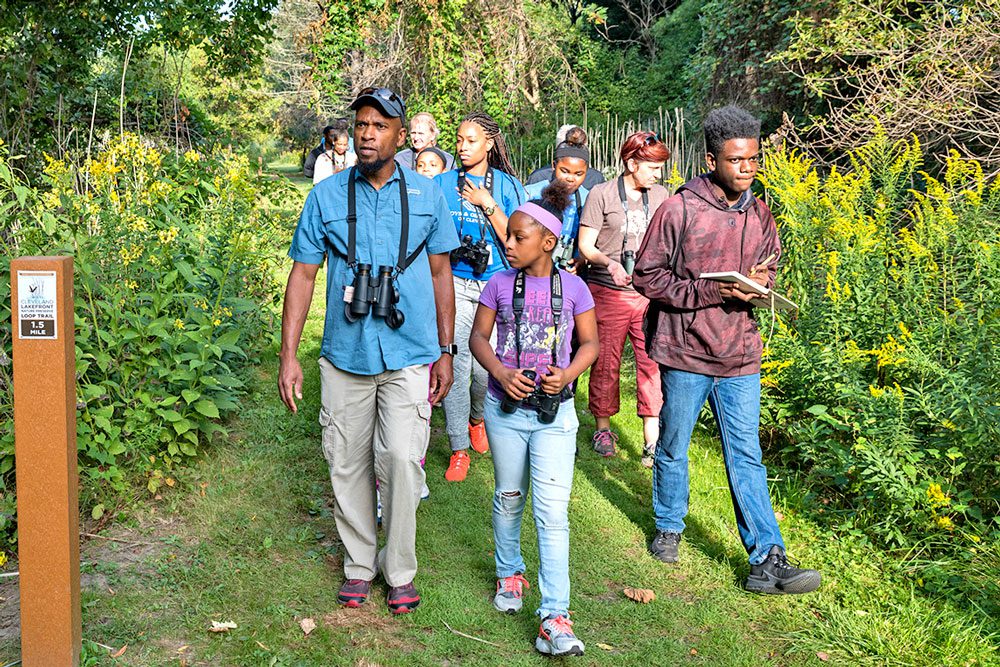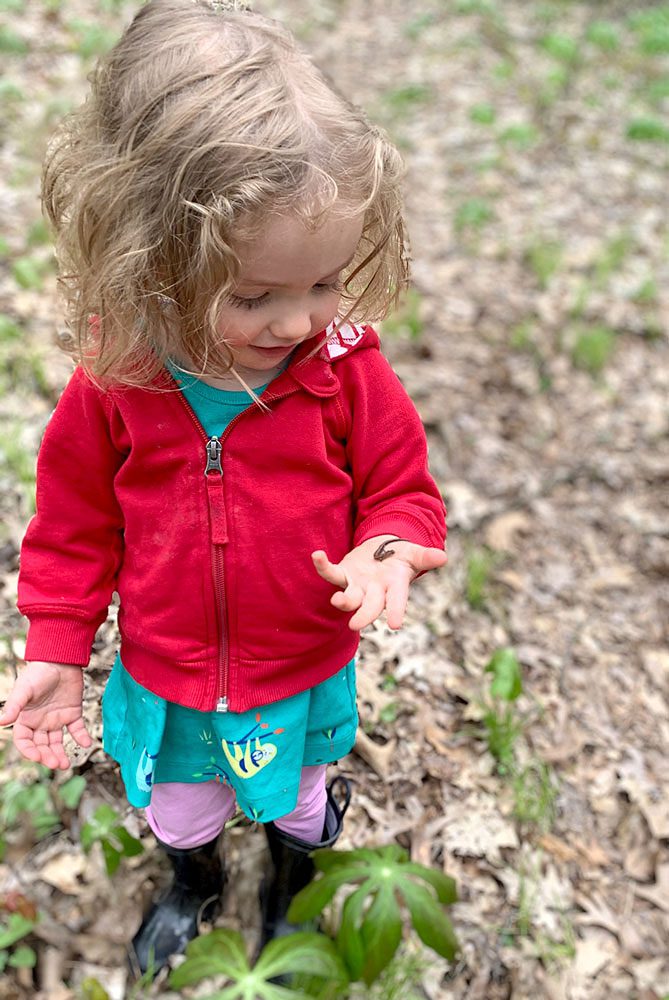View from Sapsucker Woods: Awakening in an Era of Uncertainty
By John W. Fitzpatrick
June 22, 2020
From the Summer 2020 issue of Living Bird magazine. Subscribe now.
Molly and I are blessed with a granddaughter named Persis, who just turned two years old. We hope the stresses our world is enduring in her second and third years of life affect her only as fading war stories. Thanks to COVID-19, Persis sees us only as cheerful personalities on her computer screen, and we have no idea when we’ll next see her in person. With luck and good health, Persis will live to see the 22nd century—but what kind of physical, biological, and social world will her generation inherit from ours?

Of all the issues we face today, uncertainty is hardest to deal with. The strongest correlate of uncertainty is fear. Unknowns imposed by climate change, pandemics, and roiling racial inequities flood our lives with a host of genuine fears—for ourselves, our families and friends, our education, our economy, our livelihoods, even our world view.
Nelson Mandela declared that courage is not the absence of fear, but the triumph over it. So, our job these days is to find leverage points by which we can triumph over fear amidst all this uncertainty. Fortunately, light beams of appreciation, learning, and courage are emerging that attest both to the enduring strength of our shared humanity, and to the healing powers of nature.
In T. H. White’s The Once and Future King, Merlyn advises the young Arthur: “the best thing for being sad is to learn something …. You may grow old and trembling in your anatomies … you may see the world about you devastated by evil lunatics …. There is only one thing for it then—to learn. Learn why the world wags and what wags it.” In early June, #BlackBirdersWeek social media events rallied thousands online to highlight the voices of Black Americans who are discovering how the world wags by finding the courage to explore nature, in places where they are often made to feel unsafe (see this issue’s article, 5 Key Lessons To Take Home From The First #BlackBirdersWeek).
This spring, millions of people were awakened to the spectacular natural cycles proceeding around us, utterly unfazed by the pandemic. Podcasts and editorials reminded us to celebrate the annual return of birds and find solace in the calming influences of nature. Accompanying these awakenings was a surge of enrollment in online courses and citizen-science projects. Daily inquiries suggest that people all over the world suddenly are hearing more birds. Are birds singing louder because so many of us are isolating indoors? Are birds changing habitats in places less crowded with humans? Or could it simply be that so many people, across all spectra of color and economic status, are just listening more intently now?
In northeastern India, the courageous story of Purnima Barman shows that awakening to nature has far-reaching consequences, from community happiness to fostering meaningful conservation. Awakening to nature is a silver lining to the pandemic, and provides common ground by which we can bring our diverse American races, cultures, and voices together. Let us all commit that 2020 bring enduring change in human awareness and attitude, about one another and our love affair with nature. Molly and I are certain that, thanks to her nurturing family, Persis will always be awake to nature and know that Black Lives Matter. We hope that her generation ultimately can thank ours for these gifts of awareness.

All About Birds
is a free resource
Available for everyone,
funded by donors like you
American Kestrel by Blair Dudeck / Macaulay Library



